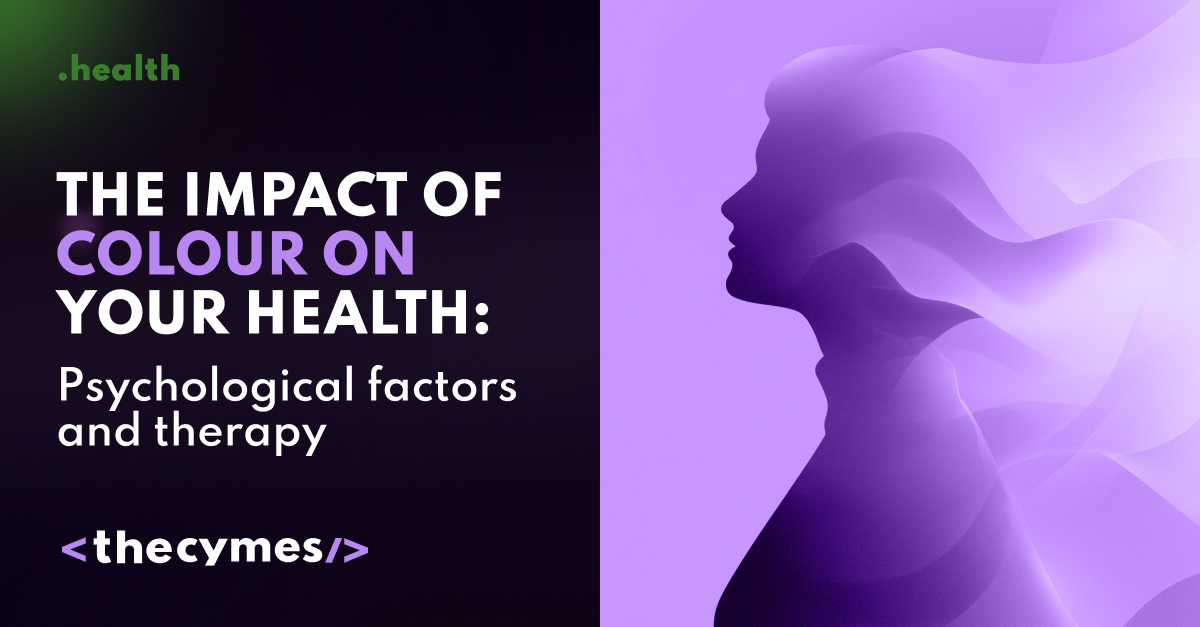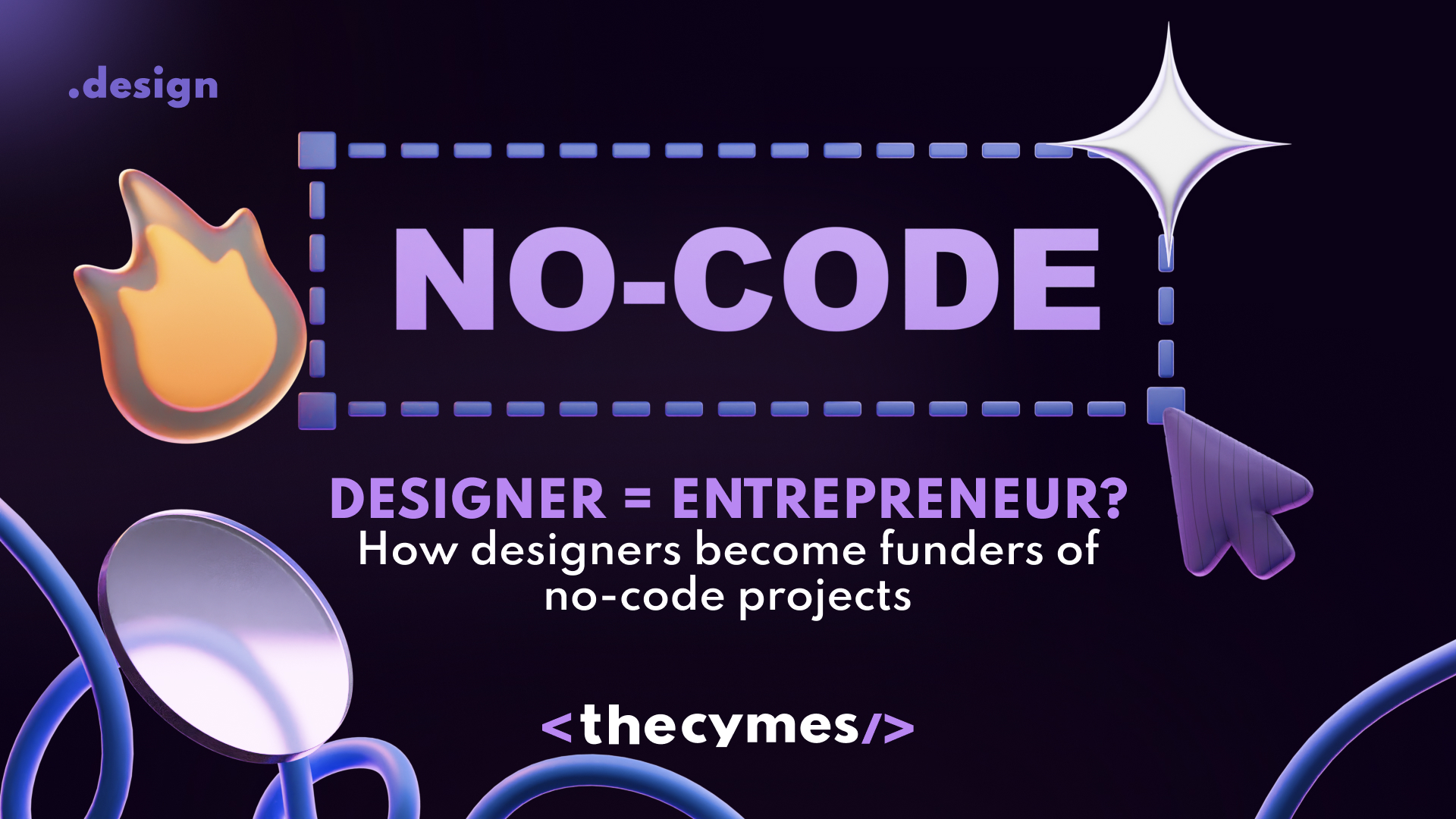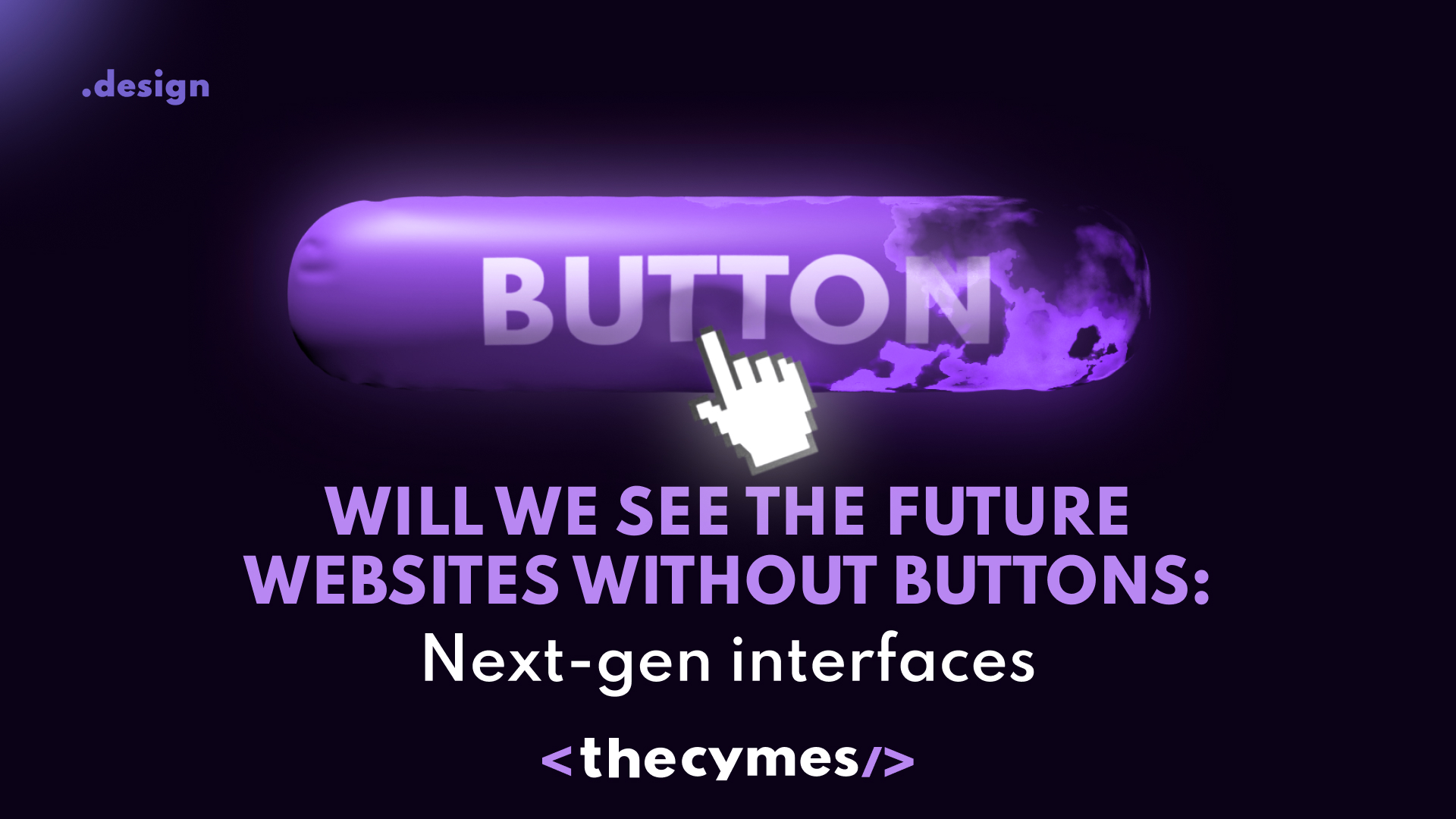Table of Content
Psychology for UX: A Comprehensive Study Guide for Effective User Experience Design
/>Discover the principles of psychology that drive user behavior and learn how to apply them to create intuitive and engaging user experiences. This comprehensive study guide explores topics such as attention, memory, decision making, emotional design, and more.Introduction
Understanding the human mind is key to creating intuitive and engaging digital experiences. Incorporating principles from psychology into UX design can significantly enhance the effectiveness and impact of your design decisions. In this comprehensive study guide, we delve into the fascinating intersection of psychology and UX, providing you with a wealth of knowledge and resources to elevate your design skills.
Psychology and UX: A Perfect Match

Image from FreePik
Bringing psychology and technology together lies at the heart of UX design. This section explores the symbiotic relationship between psychology and UX, emphasizing the importance of designing for real people and their cognitive processes.
Study Guide Topics
Memory:
By considering the limits and workings of human memory, designers can structure information in a way that aligns with users' cognitive processes. This involves utilizing techniques such as chunking, which helps break down information into smaller, more manageable parts.
Designers can minimize cognitive load by presenting information in a clear and organized manner, avoiding unnecessary distractions, and prioritizing essential content. This ensures that users can process and remember information more effectively.
Attention:
Understanding how attention works allows designers to create interfaces that capture and sustain users' focus. This involves minimizing distractions, using visual hierarchy, and strategically placing important information to guide users' attention.
Designers can mitigate change blindness, a phenomenon where users may not notice subtle changes in the interface, by employing smooth transitions and providing visual cues for updates or alterations.
Sensemaking:
Designing interfaces that align with users' mental models and prior experiences enhances usability. This involves using familiar design patterns, consistent navigation structures, and clear language that resonates with users' expectations.
Improving information scent ensures that users can easily follow their intended path and find the information they are seeking. Consistent labeling, clear navigation, and well-organized content contribute to effective sensemaking.
Gestalt Principles:
Applying Gestalt principles helps designers understand how users perceive visual elements as a whole. This knowledge can be leveraged to create visually cohesive and aesthetically pleasing designs.
Gestalt principles can guide users' attention to specific elements, making it easier for them to navigate and comprehend the interface. For example, proximity and similarity can be used to group related information.
Motivation:
Understanding user motivation enables designers to create engaging interfaces. Incorporating elements of gamification, such as rewards and progress indicators, can motivate users to interact more with the website or application.
Designing with empathy and considering users' emotional responses can create a positive and memorable user experience, fostering a deeper connection and sustained engagement.
Decision Making and Choice:
Designers can facilitate decision-making by presenting information in a clear and unbiased manner. Acknowledging cognitive biases and employing persuasive design techniques can guide users toward making informed choices.
Offering clear calls-to-action and providing guidance throughout the decision-making process helps users navigate choices more effectively, reducing decision fatigue.
Conclusion
By integrating principles of psychology into UX design, you can create user experiences that are not only visually appealing but also deeply intuitive and engaging. This comprehensive study guide serves as your roadmap to unlocking the power of psychology in UX design. Explore the various topics and resources provided to gain a solid foundation in understanding the human mind and its impact on user behavior. Elevate your design skills and revolutionize your approach to UX by harnessing the insights from psychology. Remember, the best designs are built for people as they truly are, and psychology is the key to unlocking their needs and desires.




